Color Guard Yucca
$44.50 Original price was: $44.50.$31.15Current price is: $31.15.
- Free Shipping over $25
- Fast & reliable delivery options
- Enjoy top quality items for less
- Multiple safe payment methods

Gardening without the need to water has become very important in many parts of the country, with drought and extreme weather conditions becoming more common. Plus, just having plants that don’t need watering, even during extended dry periods, saves a lot of work – and the high cost of installing irrigation systems. So when a plant comes along that is extremely resistant not just to drought, but also to extreme cold, poor, sandy soils and dry, rocky soils, as well as air pollution, pests, rabbits and deer, many of us will sit up and take notice. When the plant is also handsome, naturally spreading without becoming invasive and extremely beautiful in flower, who would pass it by? Oh, it’s also an American native plant, if you belong to the growing number of people who want to avoid non-native plants in their gardens.
What could this remarkable plant be – it is the Color Guard Yucca. It forms a mound of broad, upright leaves that have a striking yellow stripe down the center. In fall and winter the leaves may become brushed with pink tones. It produces new clumps of leaves from below ground, expanding into a cluster up to 4 feet across, but it will not spread uncontrollably. The leaves are up to 3 feet long, and in late spring or early summer established plants will send up a thick, tall stem from the center of the leaves, often reaching 6 feet tall. The upper half of this stem develops large, creamy-white bell-shaped flowers that hang just like bells in clusters from the stem. They are sweetly perfumed with the most delicious fragrance too. A plant in flower, with several spikes in bloom, is a beautiful, striking feature in any location.
Growing Color Guard Yucca
The Color Guard Yucca is like nothing else in the garden, and you might think it was exotic and hard to grow. The truth is the very opposite. This plant is hardy down to minus 30 degrees, growing well throughout zone 4. Yet it is also happy in the heat of Florida, Texas or California, so it can be grown across all but the furthest north of the country. Wherever you live, you can grow this plant. It thrives in poor, dry soil, and is happy anywhere except in wet soils. Unlike most other drought-resistant plants, it will even tolerate partial shade, but it will thrive best in the sunniest, hottest spot in your garden.
Uses in Your Garden
This unique plant is ideal for dry beds mulched with stones or gravel. It also fits well into the foreground of shrub and flower beds, giving an interesting contrast in form. The towering flower stems are a spectacular addition to any garden. It is an obvious choice for a xeric – no watering – garden design, especially in areas subject to watering bans. It also makes a great plant for pots or planters, and if you forget to water it for weeks, it will not mind at all. Make sure the pot has drainage holes, and use a compost designed for cactus and succulent plants.
Planting and Initial Care
When planting your Color Guard Yucca, choose a sunny or partially shaded location. Dig the soil well, but nothing needs to be added. A stone or gravel mulch around the plants is an effective way to control weeds. When young, water from time to time, but once established no watering is needed, even during extreme drought conditions. This plant has no pests or diseases of any note, and it is not eaten by rabbits or deer.
If ever there was a plant that thrived on being left alone, the Color Guard Yucca is it. In zone 4 some of the foliage may be damaged by cold in winter, but the plant will not be. Simply trim any damaged leaves and new growth will quickly develop, so your plant becomes as beautiful as ever. After flowering, cut the stems off right at the ground to encourage new replacement clumps.
History and Origins of the Color Guard Yucca
The Color Guard Yucca is a variety of yucca (Yucca filamenosa), an ornamental grass that grows wild on sand dunes, beaches and dry fields from southern Virginia to Mississippi and Florida. This plant is also called Spanish Bayonet, or Adam’s Needle, referring to the sharp tip at the end of each leaf. There are a number of other yucca plants, but this one is easily recognized by the thin, thread-like pieces that curl from the edges of the leaves. These filaments also give this plant its scientific name.
Yucca plants are very unusual in that they are pollinated by just one species of moth. The flower is especially adapted so that only this moth can enter it, and the flower emits its strongest fragrance at night to attract the female moth. She lays a few eggs in each flower she visits, and they live on the developing seeds, still leaving enough for the plants to reproduce. The exact origin of this variegated form of the wild plant has been lost, but it has been a garden favorite for a number of years. This form cannot be reproduced by seed, so cheaper seedling plants will just be plain green and much less attractive.
Buying Color Guard Yucca at The Tree Center
At the Tree Center we like to offer the unusual, and plants that are suitable for low-maintenance ‘dry’ gardening are especially useful. Because this plant is native to America, it also fits well into natural gardens; especially in those hot, dry, sunny spots. We have a good supply of plants, but our stocks may not last long so order soon! You may also want to consider another popular native variety, the Texas Red Yucca, to add more color interest in your garden.
Be the first to review “Color Guard Yucca” Cancel reply
Related products
Butterfly Bush
Hydrangeas
Hibiscus
Rhododendron
Drift® Roses
Knock Out® Roses
Butterfly Bush
Boxwood Shrubs

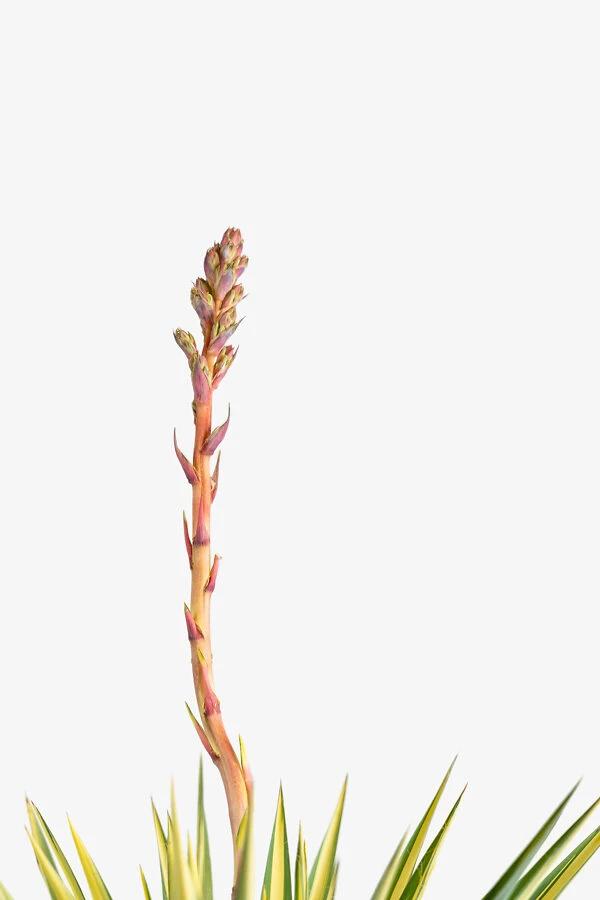
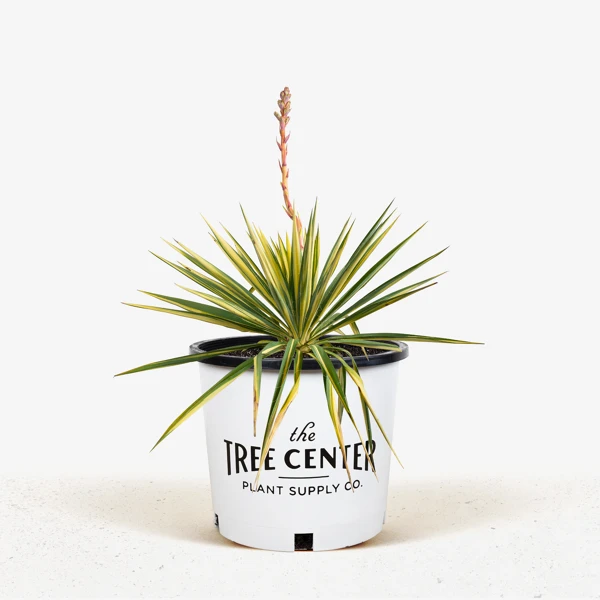


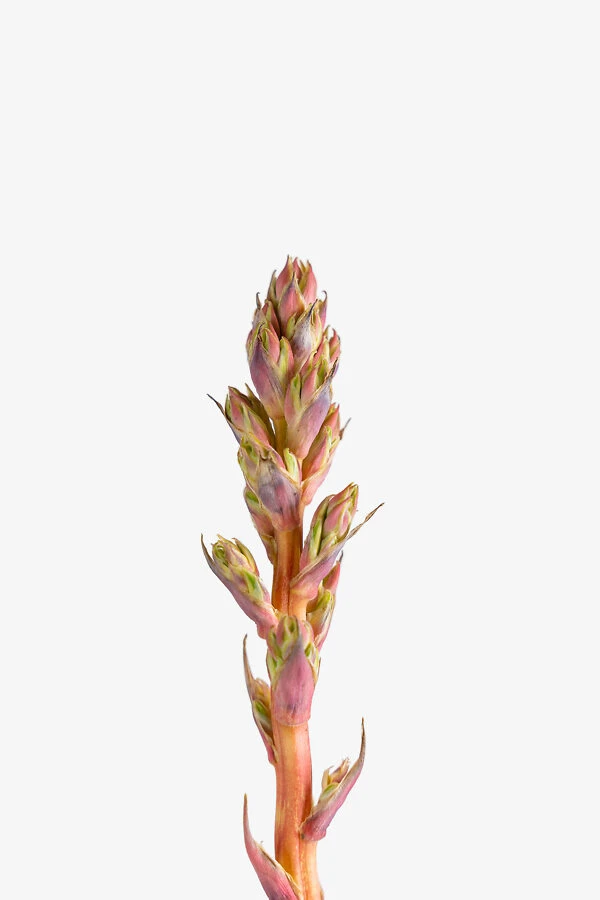




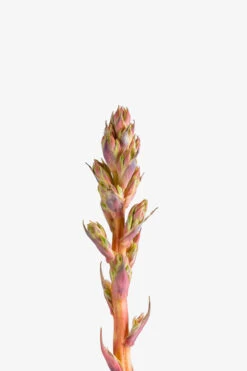

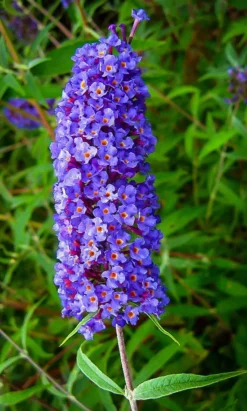
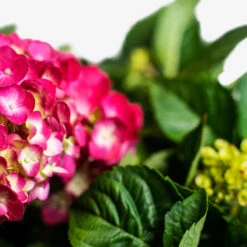
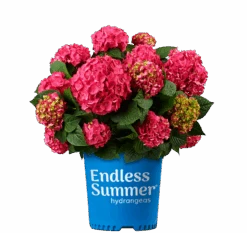
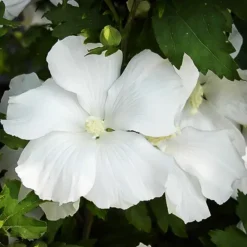
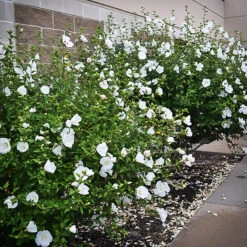
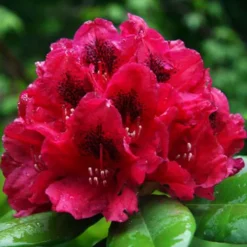

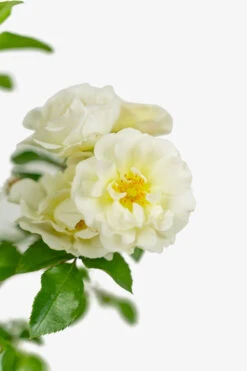
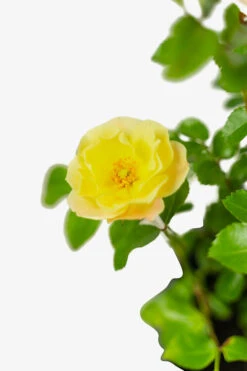

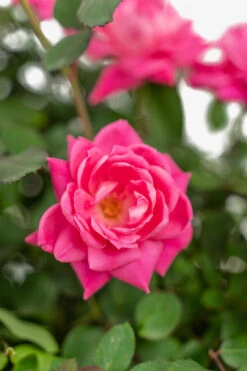

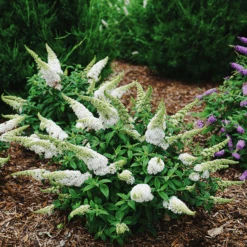
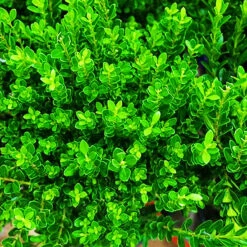

Reviews
There are no reviews yet.